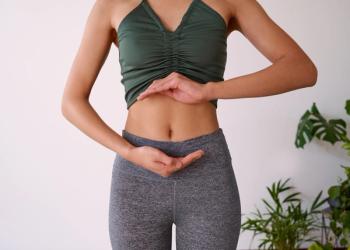
- Nutritional Outlook Vol. 26 No. 7S
- Volume 26
- Issue 7S
The 5 distinctive features of fungi
What makes fungi, well, fungi? Professor Emeritus of Mycology Dennis E. Desjardin, PhD, highlights five key facts.
Many different organisms, from mushrooms to mold to yeast, can be categorized as fungi. Approximately 150,000 species of fungi have been discovered and formally described; however, mycologists estimate that there are conservatively 3.8 million species of fungi on earth. We know only about 3.9% of all fungi that exist in nature.
Fungi were once thought to be plants, because animals move and plants don’t. However, fungi have such distinct features that they are now considered to be in their own separate taxonomic kingdom. Here are a few things that make them unique:
Cell membranes: The cell membranes of animals, plants, and fungi are similarly composed of fatty lipid molecules, proteins, and other associated molecules. Fungal cells, like plants and animals, must maintain a specific fluidity of their cell membrane which is accomplished by a structurally rigid group of compounds collectively known as sterols. Whereas animal cells utilize cholesterol for this purpose, fungi uniquely utilize a compound called ergosterol. Interestingly, under certain conditions, the ergosterol in mycelium and mushrooms can be converted into vitamin D, which is biologically active in humans.
Cell walls: Fungi and plants need to maintain a high internal hydrostatic pressure, known as “
Bodies: Most people equate fungi in nature (or in supermarket produce sections) to mushrooms. The truth is that the bodies of most multicellular or “filamentous” fungi go almost entirely unnoticed in the wild until they grow visible mushrooms for the purpose of reproduction. The structure of a filamentous fungus, known as a mycelium, is a highly branched network of ever-reaching strands of tube-likecells called hyphae (pl., hypha sing.), which three-dimensionally explores its environment in search of food (i.e., dead plants, animals, and their excrement). If you were to align all the hyphae contained in just 1 gram of soil end to end, the strand could reach as far as 120 meters in length (Hanssen et al, 1974). This is 10 meters longer than an American football field.
Nutrients: Fungi, like animals, are
External Digestion: Whereas animals evolved an internal digestive system including tubes and chambers from mouth to you-know-what, fungi perform most of their digestion externally through an intricate process of chemical sensing and secretion of an enzymatic soup called
About the Author
Dennis E. Desjardin, PhD, is the chief mycologist for mushroom-ingredients supplier
Articles in this issue
about 2 years ago
How botanicals are boosting energy and aiding sleep healthabout 2 years ago
What should botanical companies do with adulterated herbal material?about 2 years ago
Which botanicals are at the highest risk of adulteration?over 2 years ago
4 Reasons why we owe our lives to fungiNewsletter
From ingredient science to consumer trends, get the intel you need to stay competitive in the nutrition space—subscribe now to Nutritional Outlook.





